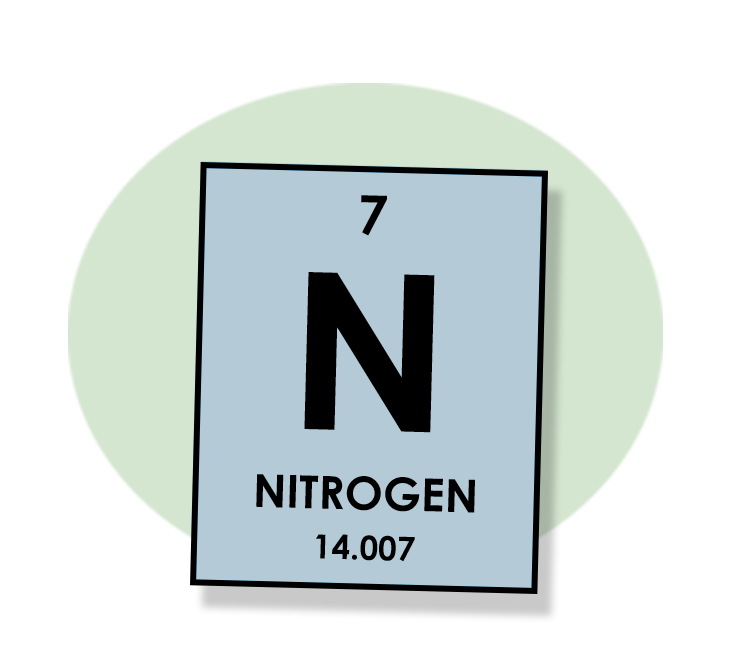
So now we have a total of six electrons around our oxygens, so All right, same thingįor this other bond here, oxygen gets one of those electrons, and the other electron goes to hydrogen. So from these two electrons, oxygen gets one of those electrons. Now remember when you have a bond with two electrons, we give one electron to one atom, and the other electron to the other atom.
#OXYGEN CHARGE AND NITROGEN CHARGE FREE#
Made up of two electrons, and our goal is to find the formal charge on oxygen, so the formal charge on oxygen is equal to the number of valence electrons in the free atom, so the number of valence electrons that oxygen is supposed to have, we know that's six, right, oxygen is supposed to have six valence electrons, minus the number of electrons that oxygen actually has in our drawing. Remember that each bond is made up of two electrons, so this bond right here is made up of two electrons. We've already seen that formal charge is equal to the number of valence electrons in the free atom, minus the number of valence electrons in the bonded atom, and another way of saying that is the formal charge is equal to the number of valence electrons the atom is supposed to have, minus the number of valence electrons the atom actually has in the drawing, so let'sĪssign a formal charge to oxygen in this molecule. Remember each bond is 2 electrons, and each lone pair is 2 electrons.įormal charge = # of valence electrons - # of lone pair electrons - # of bonding electrons/2Ģ bonds and 2 lone pairs = 6 - 4 - 4/2 = 0 formal chargeġ bond and 3 lone pairs = 6 - 6 - 2/2 = -1 formal chargeģ bonds and 1 lone pair = 6 - 2 - 6/2 = +1 formal charge Note I'm using a different method to calculate formal charge from Jay, I feel this one shows you where the numbers come from better.

If you see oxygen with 3 bonds you can assume there is 1 lone pairĪnd from that information you can instantly know the formal charge on any oxygen too. If you see oxygen with 1 bond you can assume there are 3 lone pairs If you see oxygen with 2 bonds you can assume there are also 2 lone pairs


One thing to note is that oxygen is always going to follow the octet rule, that is it will always (at this level at least) have 8 electrons around it even if they are not drawn in. What time in the video is this? There are many molecules in this video so I'm not sure exactly which you're meaning.


 0 kommentar(er)
0 kommentar(er)
